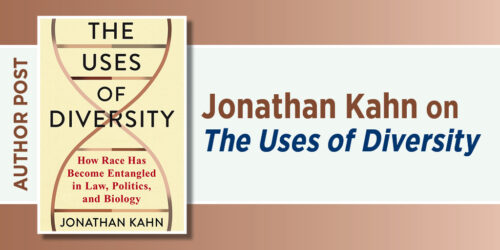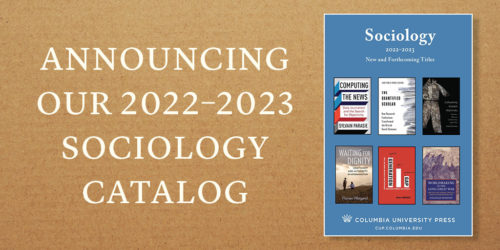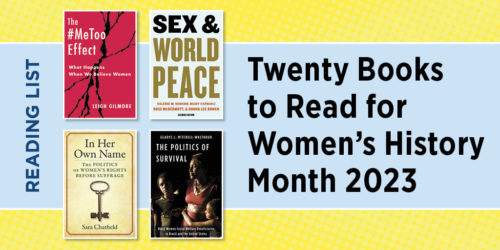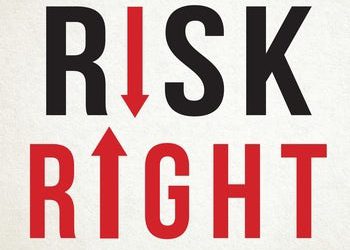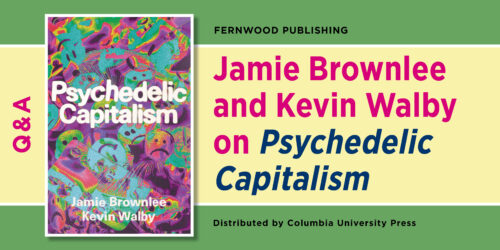How Women Steered Early Cancer Awareness Campaigns Elaine Schattner
Elaine Schattner
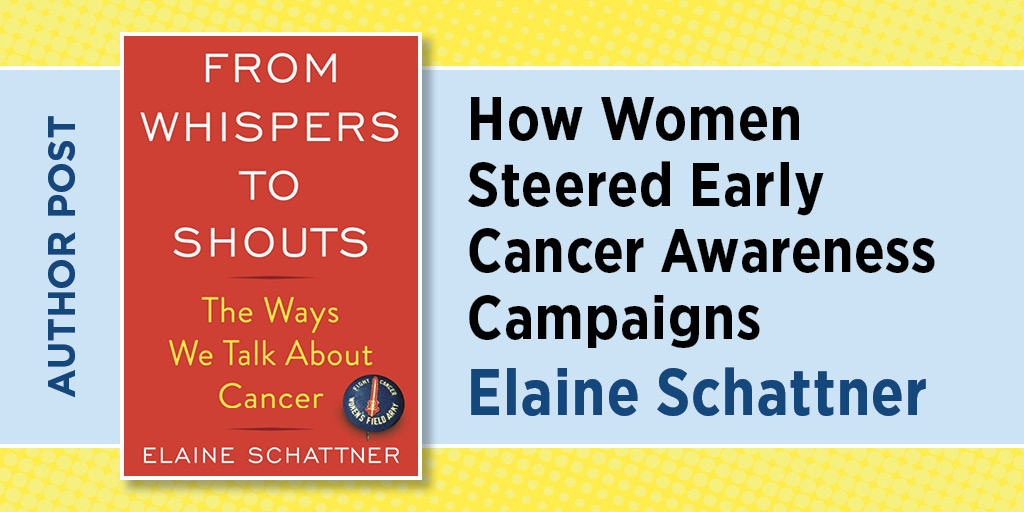
In March 1914, the Woman’s Cosmopolitan Club in New York City hosted a meeting about cancer. Margaret Aldrich, a suffragist, moderated discussion during which two local experts, Dr. James Ewing, a professor of pathology, and Frederick Hoffman, a statistician, argued about the effectiveness of radium as a therapy. The session was one of numerous Progressive Era events sponsored by the American Society for the Control of Cancer (ASCC), a new organization, to inform the public about cancer’s symptoms and best treatments. Other women’s groups that helped to arrange cancer programs that season include the Twentieth Century Club in Pittsburgh and Federation of Women’s Clubs in Boston.
Throughout the twentieth century, women played a crucial role in disseminating information about health. Before radio or television entered homes, people depended on local physicians and magazines for medical updates. Cancer was the most dreaded of diseases. But facts about malignancy were hard to come by. Many doctors lacked experience treating people with cancer. Cancer research was in its infancy; the disease was misunderstood by physicians. Fear prevailed.
Cancer specialists had formed the ASCC in 1913 to confront ignorance about the disease. In their lifetimes, the ASCC’s founders witnessed how information about germs and hygiene had lessened the toll of infections like cholera and tuberculosis. Similarly, they considered, deaths from malignancy could be reduced by educating the public. Their messages were simple: cancer can be cured if caught early; fear of “the knife” resulted in lethal delays; quacks selling painless “cures” should be avoided; there is no shame in having cancer.
Most of their efforts were behind-the-scenes and volunteer.
Women helped the cancer society to raise money and distribute “propaganda”—pamphlets, flyers, and posters—about malignancy. Most of their efforts were behind-the-scenes and volunteer. A notable exception followed World War I, when a nationwide committee of women raised more than a hundred thousand dollars—the equivalent of about 1.5 million dollars today—to buy a gram of radium, a precious metal, for Mme Marie Curie so that the Nobel Prize–winning physicist could continue her cancer investigations. Curie arrived in New York in May 1921 to great fanfare, accompanied by Marie Meloney, an American journalist, and Curie’s daughters, Irène and Ève. For six weeks, Curie toured the United States, meeting with women who’d contributed to the radium fund, receiving honors from universities and professional societies, and lecturing. She visited women’s colleges, where students celebrated her accomplishments. At a White House ceremony attended by hundreds, President Warren Harding presented the women’s gift to Curie and praised her “genius and energy.”
In 1933, leadership of the General Federation of Women’s Clubs (GFWC) met with the ASCC’s executive director, Clarence C. Little. During the Great Depression, the ASCC sorely needed money. The GFWC was a formidable network; it encompassed thousands of women’s groups and some two million members. Little recognized the GFWC’s potential to aid the cancer society and its cause. Soon Marjorie B. Illig, chairperson of the GFWC’s public health division, initiated an anticancer educational campaign targeting women. In memos to GFWC members, Illig emphasized that “cancer is the outstanding menace to women in the prime of life.” She outlined the threefold “duty of every club woman” in combating cancer. First, she must “protect herself” by maintaining skin and mouth hygiene, examining body parts regularly, and knowing cancer’s danger signs. Second, each GFWC club member had a responsibility to educate her family and friends about “the nature, incidence, and treatment of cancer” by talking about cancer, holding meetings about cancer, and distributing information. Third, each club woman should contribute ten cents per year to the GFWC Cancer Control Fund.
Under Illig’s stewardship, the GFWC’s public health division officially joined forces with theASCC in 1935, establishing the Women’s Field Army (WFA). With endorsements of First Lady Eleanor Roosevelt and Dr. Mary F. Waring, a Chicago physician and president of the National Association of Colored Women’s Clubs, WFA enlistment surged in the years before World War II. Led by “National Commander” Illig, the WFA adopted a deliberate military style. By 1939, the WFA involved thousands of “officers” supervising a nationwide corps of several hundred thousand “recruits,” each paying $1 in dues. At women’s club meetings, at WFA booths at state fairs, in department stores and train stations, and through door-to-door canvassing, among other approaches, the WFA distributed millions of informational flyers and collecting six-figure amounts for the ASCC.
Gradually, physicians became tolerant, if not enthusiastic, about the ASCC’s women-led educational arm.
Through the end of World War II, the WFA carried out the ASCC’s mission. In general, the WFA thrived in areas where contemporary information about cancer was otherwise absent and where doctors didn’t feel threatened by women’s involvement in health education. Gradually, physicians became tolerant, if not enthusiastic, about the ASCC’s women-led educational arm. The volunteer army proved so effective that its messages—chiefly about prompt cancer treatment—percolated through communities in the decades that followed.
Dr. Anna C. Palmer, a retired physician who’d been treated for breast cancer in 1920, stood out among the WFA’s membership. Unlike most cancer patients, Palmer spoke openly of her condition. At age eighty-one, the “aggressive oldster,” as TIME magazine described her in 1938, wanted everyone to know of her long-term survival after cancer surgery. She founded the Cured Cancer Club, the first organization of its kind, to counter fear and fatalism surrounding cancer—which she believed caused avoidable deaths—by talking about it. Each member, the New York Times reported, “is a living testimonial to the fact that cancer is curable if treated in its early stages.”
Dr. Palmer was one of over 25,000 Americans living long after cancer treatment in the late 1930s. Yet many considered malignancy to be a death sentence. Cancer claimed some 150,000 American lives each year, and only twenty percent of patients survived five years or longer; most died months after the diagnosis. “We were cured because we refused to sit back and think of cancer as disgraceful to ourselves and our families,” Palmer told the Associated Press in 1940. Her words hinted at the basis of modern-day patient activism: the idea that people experiencing illness needn’t be passive in addressing their health conditions.
Elaine Schattner is a physician and journalist who lives in New York City. She is a clinical associate professor of medicine at Weill Cornell Medicine and the author for From Whispers to Shouts: The Ways We Talk About Cancer.



